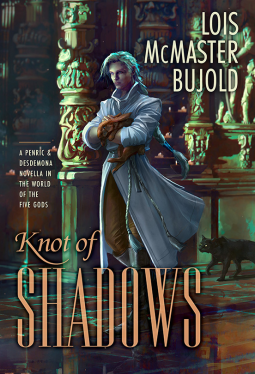Tim Powers is a master of turning an already weird tale five
ways on its head, upside down, and inside out until it begs for mercy in
ancient Akkadian. His new short novel, After Many A Summer, is no
exception. It begins, as do many of his books, with a semblance of normality: a
down-on-his-luck screenwriter, Conrad, accepts a too-good-to-be-true deal from
a movie studio: they’ll produce his script for a fabulous sum if he drives a valise
around LA, transferring it from one vehicle to another. What does he have to
lose? He figures this is an elaborate scheme for delivering a ransom for a
kidnapped heiress. He’s sort-of right and very, very wrong. The heiress is
indeed being held captive, but the valise contains a centuries-old mummified
skull that can talk, prophesize, and even alter the course of time itself, and
is given to quoting the poet Tennyson. And that’s just the beginning of things
going seriously pear-shaped.
I’ve loved the work of Tim Powers ever since I discovered The
Anubis Gates in 1983, so I was prepared for superb storytelling and major
revamping of reality. I was not disappointed on either count. The story, taking
the reader further and further from expectations, requires a bit of patience,
but the central character is sympathetic enough to act as a naïve if likeable
guide. Highly enjoyable (and an object lesson).





